What Are the Sustainable Development Goals?
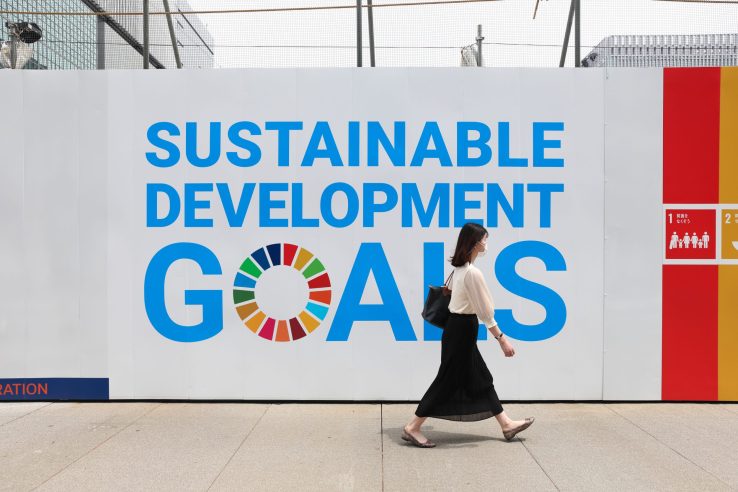
You may have heard of the term “sustainable” in regards to protecting the environment or reducing CO2 emissions. But did you know that sustainable extends far beyond simply protecting the environment?
At its root it’s based on the understanding that our survival depends on living in harmony with nature and that we must protect it and preserve our resources for future generations to come. Living in harmony with nature broadens to living in harmony with each other too and taking the necessary steps to ensure the greatest environmental, social and economic impacts for all. You could even say that sustainable is a term that also relates to equality.
The United Nations (UN) have outlined these impacts as 17 separate call to actions. Known as the Sustainable Development Goals, the purpose of working toward these goals is to combat climate change, prevent environmental harm and improve the lives of everyone – now and into the future. The SDGs were adopted by UN member states in 2015 as part of the 2030 Agenda for Sustainable Development. What they are is essentially a blueprint for a better world.
History and Creation of the SDGs
The first draft of the SDGs came to fruition in June 1992 at the Earth Summit in Rio De de Janeiro, Brazil when 178 countries formed a global partnership for sustainable development called Agenda 21. Then, in 2000, the Millennium Summit in New York led to the creation of eight Millennium Development Goals (MDGs), a series of call–to-actions to reduce extreme poverty by 2015.
At the World Summit on Sustainable Development in South Africa in 2002, Agenda 21 and the Millenium Declaration were revisited, declaring the connection between sustainability and social and economic development. Ten years later, another conference was held in Rio de Janeiro, where UN member states launched the creation of the SDGs by building on the MDGs. Finally, in September 2015, the process culminated in the adoption of the 2030 Agenda for Sustainable Development, including the 17 SDGs.
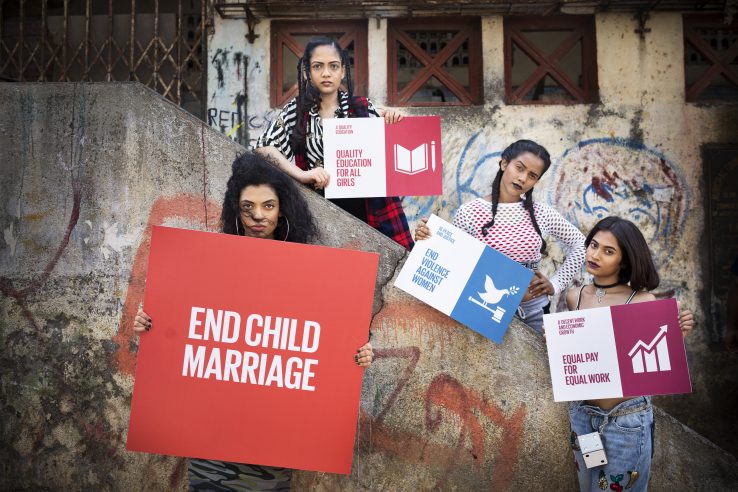
What Are The 17 SDGs?
The Sustainable Development Goals are a series of call to actions to help progress the global community towards a more positive future. Recognizing some of the world’s biggest problems such as poverty and climate change, these issues are addressed with strategies that interconnect governments, industries and communities around the world. Broken down, each goal has 8 -12 targets that are assessed yearly with a combination of tools used to track and measure progress.
1. No Poverty
Extreme poverty is defined as living on less than $1.25 a day and largely affects women and young people. The COVID-19 pandemic, along with the effects of climate change and conflict, led to the first rise in extreme poverty since 1998. In 2020, there was an estimated increase of between 119 million and 124 million people living in extreme poverty.
Unless actions are taken to provide social support to guarantee a basic quality of life, global poverty is expected to be 7% of the global population in 2030—missing the target to end poverty and leaving the impoverished especially vulnerable to climate-related disasters.
2. Zero Hunger
In 2020 the Covid pandemic contributed to the number of people experiencing hunger increasing from 8.4% in 2019 to 9.9% (between 720 and 811 million people). On top of that, about one in three people in the world (2.37 billion people, with women and children being the most affected groups) experienced food insecurity in 2020, meaning that one in three people had little or no access to healthy food, ran out of food or went sometimes days without eating.
Short term actions such as supporting small-scale farmers and promoting sustainable agriculture play a critical role to combat hunger and improving food security.
3. Good Health and Well-Being
The COVID-19 pandemic has been a dramatic setback for global health. Following the pandemic, 90% of countries have reported continued impacts to essential health services. In addition, progress toward 2030 health goals has been stalled or reversed and health inequalities have increased.
Among the targets for this goal are: reducing pollution and contamination of environments, supporting the research and development of vaccines and medicines, achieving universal health coverage, and improving readiness (especially in developing countries) for future health risks.
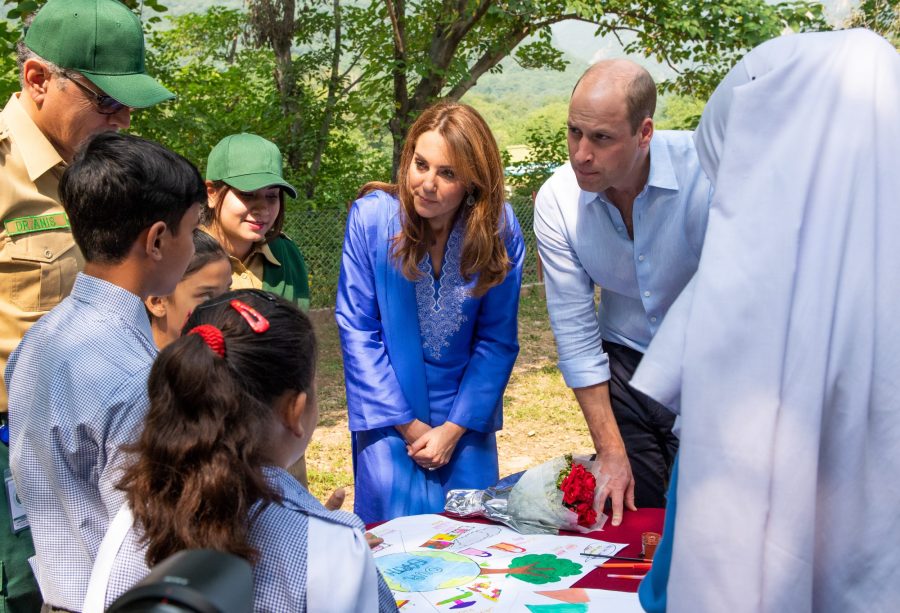
4. Quality Education
Similar to the previous goals, the pandemic has contributed to the world falling even further behind when it comes to meeting equal and quality education. During the pandemic, an estimated 65% of governments in low-and-middle-income countries and 35% in higher-income countries reduced education funding.
To remedy the progress that has been lost, the number of qualified teachers must be increased internationally and education facilities must be built, upgraded and made safe and continued education must be made affordable and available to all.
5. Gender Equality
Globally, nearly one in three women (736 million) have experienced sexual or physical violence since the age of 15. This goal aims to end discrimination, violence and harmful practices against women and girls.
Several keys to this goal include providing women and girls access to equal opportunities in education and employment, universal access to sexual and reproductive health care and affirming women and girl’s sexual and reproductive rights.
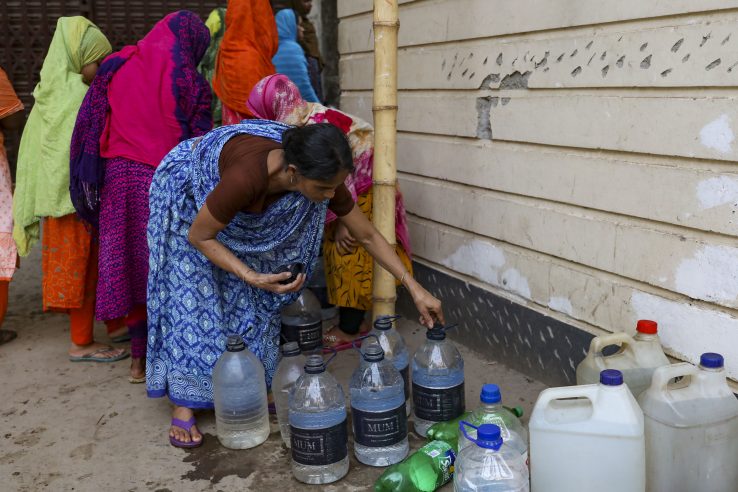
6. Clean Water and Sanitation
In 2020, 2 billion people still lacked access to safely managed drinking water, 771 million of whom lacked basic drinking water services entirely. And estimated 3.6 million people lacked safely managed waste and sanitation, 1.7 billion of whom went without access to any at all.
Water availability is expected to worsen with climate warming. This goal considers access to clean drinking water, sanitation, and hygiene a human right. By 2030, contamination of water must be reduced, and water-related ecosystems must be protected and restored; international cooperation in the management of water resources is essential.
7. Affordable and Clean Energy
One third of the world’s population use dangerous cooking systems and 759 million people were still without access to electricity in 2019. By 2030 it is estimated that 660 million people will still be without access. This goal aims to upgrade energy efficiency and sustainability by promoting investment in clean energy infrastructures like solar and wind.
8. Decent Work and Economic Growth
A key target of this goal is to “decouple economic growth from environmental degredation,” meaning that the means of achieving economic growth should be made environmentally sustainable through better practices. Additionally, workers must be paid equally for work of equal value, child labor, forced labor, slavery and trafficking must end and labor rights must be protected.
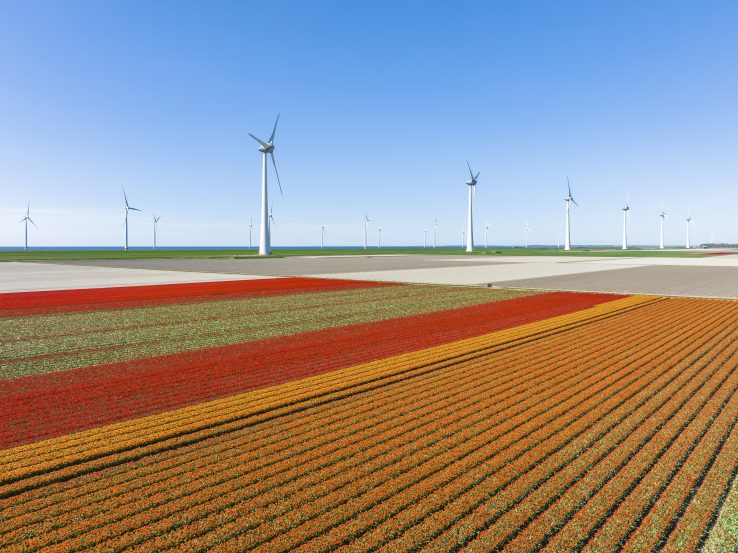
9. Industry, Innovation and Infrastructure
The coronavirus pandemic disrupted global supply chains and the means of transporting people and goods. In order to make global supply chains more resilient and better able to recover from shocks in the future, this goal seeks to upgrade infrastructure by investing research into and adopting more sustainable practices such as greener production and transportation systems. Especially, developed countries must aid sustainable industrial development in less developed countries.
10. Reduced Inequalities
This is one of several sustainable development goals that focuses on reducing inequality in areas such as income, wealth, opportunities and human rights. Targets for this goal include affirming equal rights for all in legislation and practice, eliminating discriminatory laws and practices, increasing minimum incomes and uplifting migrants and developing countries.
11. Sustainable Cities and Communities
For this goal, there is an emphasis on providing adequate and affordable housing to all, better public transportation and making cities safer and more resilient in preparation for climate-related disasters. In particular, funding sustainable and resilient buildings, roads and power supplies in developing countries and vulnerable communities is necessary.
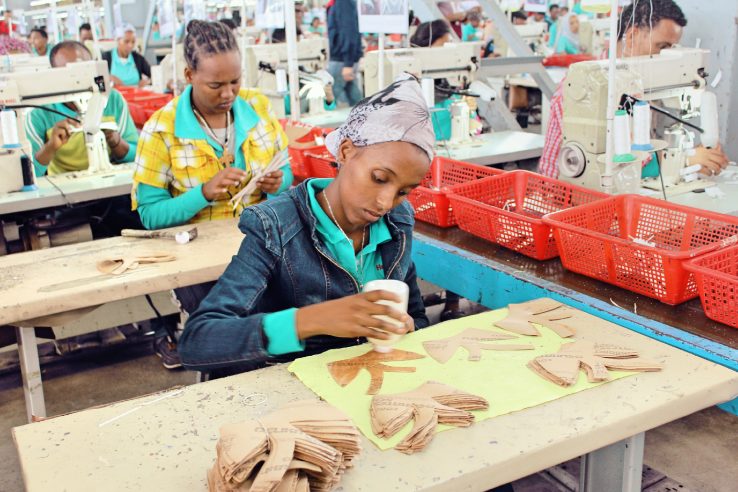
12. Responsible Consumption and Production
With a growing global population and unsustainable and inefficient use of natural resources, changing global consumption and production patterns is critical. This goal names a circular economy approach, which involves reuse, repair, and recycle of existing products and materials in an effort to reduce waste and pollution, and conserve natural environments.
13. Climate Action
The world is not on track to meet the Paris Agreement target of limiting global warming to 1.5 degrees Celsius and reaching net-zero CO2 emissions. To meet these goals global CO2 emissions need to be reduced from 2010 levels by at least 45% by 2030 and reduced to net-zero by 2050. In addition, the world must prepare for climate-related changes and disasters.
14. Life Below Water
Healthy oceans are essential for Earth’s present and future. They provide a livelihood for 3 billion people while also sustaining economic growth and food security. Sadly, overfishing, land-based pollutants, plastic pollution and sewage runoff are a few hunan effects that threaten the health of the ocean and marine ecosystems.
This sustainable development goal focuses on reducing pollution, conserving marine ecosystems, managing unregulated fishing and investing in marine science and technology to further study and protect our oceans.
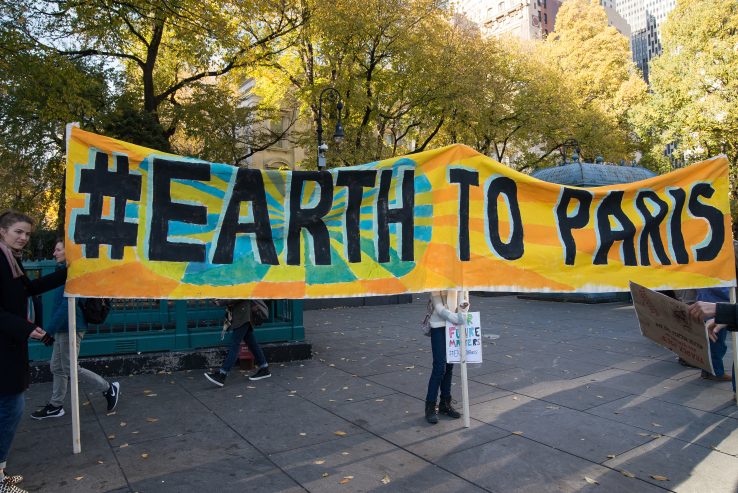
15. Life on Land
As forests are cut down and animal trafficking increases, not only are we seeing detrimental effects such as land degradation and the loss of biodiversity, but also the increase of zoonotic diseases (diseases that are passed from humans to animals).
From mammals to insects, the fifteenth sustainable development goal aims to protect and restore various terrestrial ecosystems and biodiversity. In particular, conservation actions and policies that safeguard and sustainably manage forests and endangered species are the key actions of this goal.
16. Peace, Justice and Strong Institutions
The sixteenth goal includes components of previous goals, but specifically focuses on creating a just and nonviolent global society. Among its targets are reducing corruption, crime, and violence, and promoting global democracy.
17. Partnerships for the Goals
Last, but not least this goal emphasizes how we are all interconnected. Similar to the way that humans and nature must live together harmoniously, so too must industries, governments and NGOs to ensure that these environmental, economic and social problems are properly addressed to allow us to recover better. Achieving the previous goals depends on global partnerships.





